
Emu
Emu
Emu
Suddenly, what would you say if you were asked, "Who is the second largest flightless bird in the world?" The answer to this quiz is the emu, a flightless bird from Australia that is often kept in zoos and ranches.Speaking of flightless birds, ostriches are famous, but what is the difference between ostriches and emus? To find out what characteristics and secrets emu have, let's take a peek into the world of emus together in this article.
Emu Basic Infomation

Aves-Casuariiformes-Casuariidae.
Length:1.4~1.9m weight:30~60Kg.
The emu is one of the second tallest flightless bird species in the world, living in Australia. The color of the body is gray-brown, behind the eyes there are ear holes, and almost no feathers grow around the ear holes.
It is known that males and females have different calls, and males chirp in low voices such as "guruguru" and "guuaa".
On the other hand, the female chirps with a mysterious voice like a drum, "pom-pom" and "pop-po-pon".
Emus have very small wings, which is why they cannot fly in the sky like other birds.
Instead, they have very strong legs, can run and even swim at speeds of up to 65 km/h. Among the animals currently on Earth, emus are considered to be the animals that walk the closest to dinosaurs.
Emus reach sexual maturity in the first 1~3 years of life and are able to reproduce. Normally, wild emus live in small groups of 3~6 animals, but during the breeding season, they form a herd of 2~3 females, centered on one male.
And the female lays one egg every 3~4 days, for a total of 9~20 eggs, but does not warm the eggs or take care of the hatched chicks.
In fact, raising emu offspring is all the work of males, who raise their young for about two months during the breeding season without eating almost anything. Therefore, by the end of the breeding season, the weight of the male is reduced to about half of the original weight.
Emu Q&A

Where does the emu name come from?
By the way, what is the origin of the slightly unusual name "emu"?
In fact, it is believed that the name is not derived from the Aboriginal language of Australia, but from the Arabic word "Ema", which means "big bird".
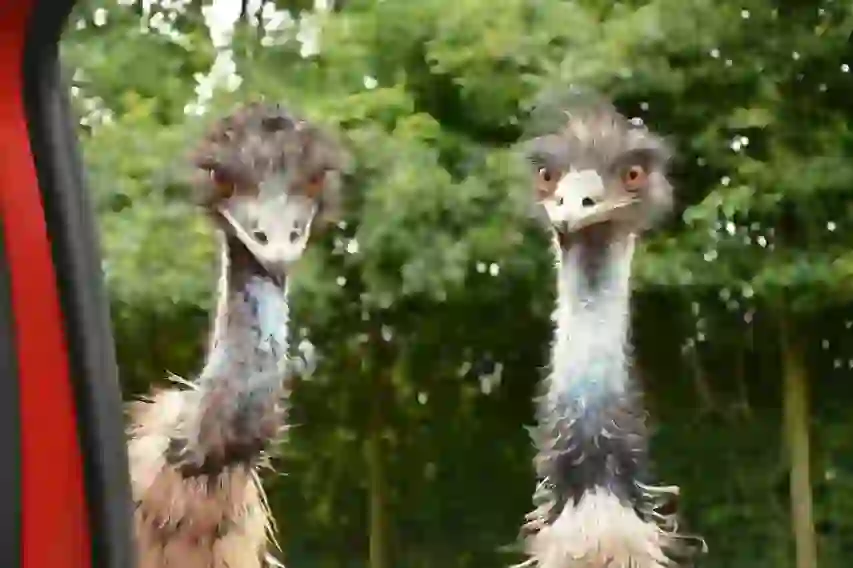
Why do emus live there?
Emus live in open grasslands and savannas throughout Australia.
It is unclear why emus inhabit Australia.
However, it is thought that one of the reasons is probably that there is enough food for large emus to live in a herd and there are few natural enemies.
By the way, the emu is designated as the national bird of Australia, so its appearance is depicted together with the kangaroo on the national emblem of arms of Australia.
The national emblem expresses the desire that "both emus and kangaroos are animals that can only move forward, so that Australia, a new country, can move forward steadily."
※Australia's history began in 1788, and it was officially established as the "Commonwealth of Australia" in 1901.
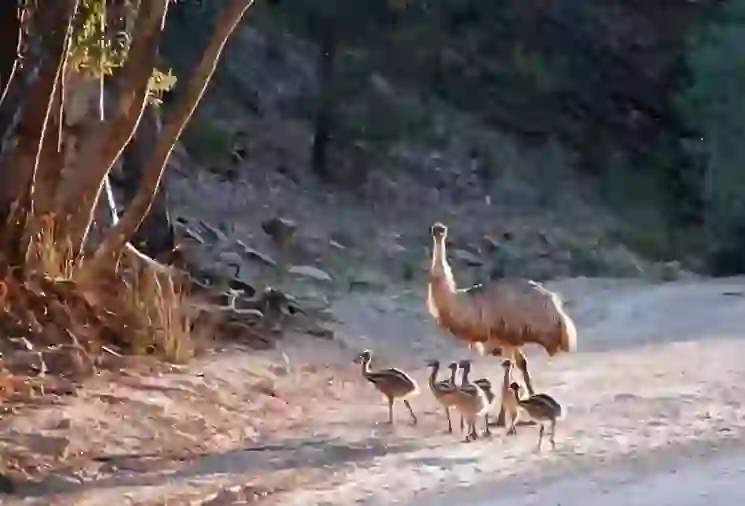
What are emus eating?
Emus are omnivorous animals that feed on insects, fruits, plant seeds and buds, grass, flowers, and many other things.
Zoos also eat various foods such as feed blended for chickens, Komatsuna, Chinese cabbage, sweet potatoes, apples, and bananas.
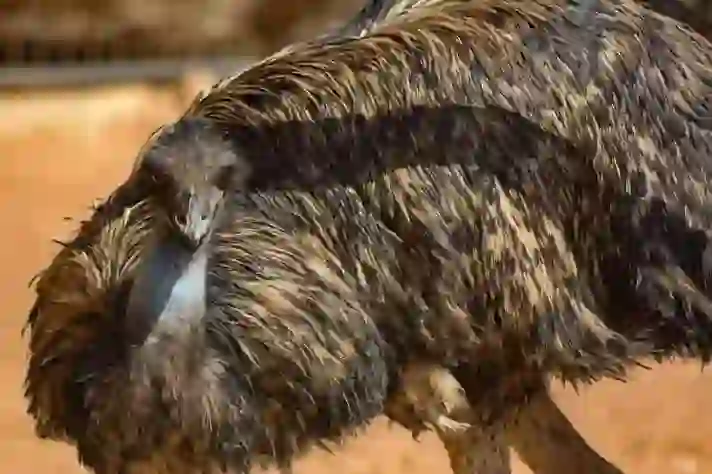
What kind of personality does an emu have?
The personality of the emu is said to be quiet, calm and friendly.
By the way, the "cassowary", which is also a bird of the cassowary family, is said to be the most dangerous bird in the world, and it is known that it becomes very aggressive when it feels that it is basically timid and in danger.
In addition, males of "ostriches", which are members of the bird family that cannot fly, have a very rough temper and can attack people.
Considering this, the emu is rare for a flightless bird with a large body, and it can be said that it has a gentle personality.
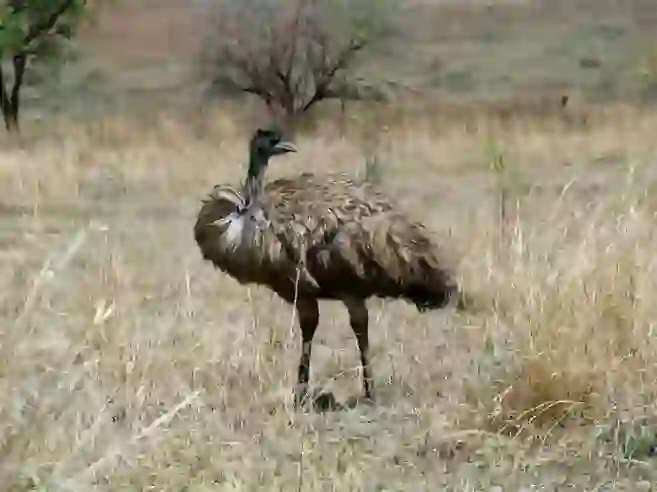
Why can't emus fly?
Emus are members of the bird family, but why can't they fly?
There are many birds in the world other than emus that cannot fly, but in the past, it was thought that flightless birds were animals that could not fly from their ancestors.
However, as a result of advanced research, the ancestors of birds that cannot fly today originally flew in the sky, but as a result of adapting to the environment, such as being able to obtain food without flying and having few natural enemies, they may have evolved so that they could not fly little by little. It is considered to be.
However, after reading this far, some of you may wonder, "Why did it evolve to not be able to fly when it is more convenient to be able to fly?"
In fact, in order for birds to fly, a lot of "preparation for flying" is required.
In fact, in order for birds to fly, a lot of "preparation for flying" is required.
Specific examples include "lightening bones to reduce weight," "lightening your body by pooping frequently," and "eating a lot frequently to replenish energy".
Therefore, if the conditions are met, such as being able to obtain food without flying and being able to escape from enemies, isn't it actually more advantageous for birds not to fly? It is considered to be.
By the way, among the flightless birds, ostriches, kiwis, and rheas, as well as members of the cassowary family including emus, are called "ratites".
Until around the 17th century, "elephant bird" with a body length of 3 m and a weight of 400 kg lived on the island of Madagascar, and until the 17th ~ 18th century, a huge flightless bird called "moa" with a body length of up to 3.5 m lived in New Zealand.
However, it seems that it was easy to catch both elephant bird and moa because they could not fly, and they were overfished by humans and quickly became extinct.
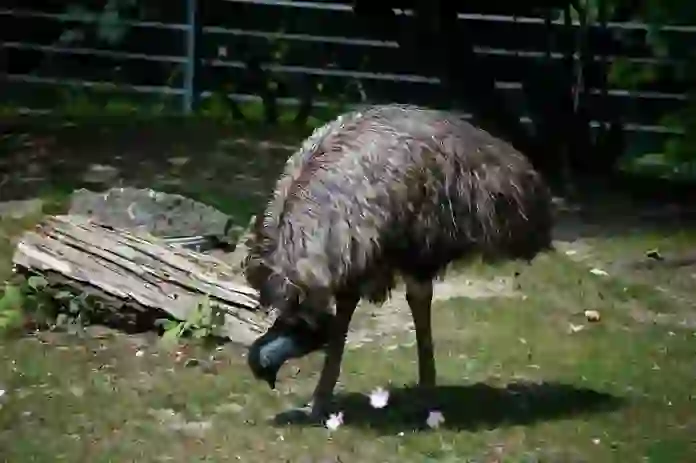
What is the difference between an emu and an ostrich?
The emu and the largest flightless bird in the world, the ostriche, look exactly alike, but what is the difference between these two types of animals?
First, let's compare the differences in appearance.
Emu have a blackish neck color from the face and there is no difference in feather color depending on gender, but ostriches have a whitish neck color from the face, and the color of the feathers on the body is black for males and brown for females.
In addition, emus have three toes, but ostriches have only two.
There are also differences in eggs, emu eggs are very dark green and weigh about 550~600g each. On the other hand, ostrich eggs are white or cream in color, and the weight of each egg is about 1.3~1.6Kg.
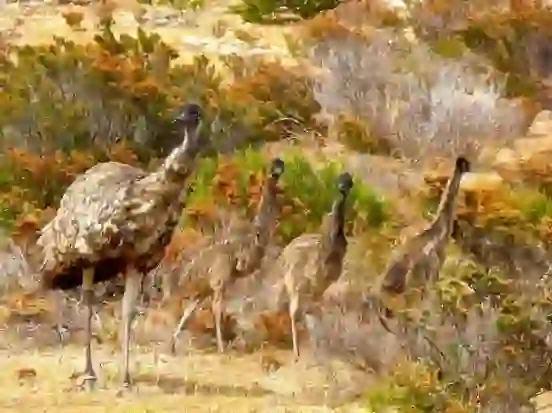
Is it true that you can eat emus?
It's true.
Emu meat is lean and similar in taste to beef, and is characterized by low calories, high protein, and iron content compared to other animal meats.It's hard to see it because the distribution is still small, but if you see one, you may want to try it.
Emu is attracting attention as a new livestock animal that has almost no place to throw away, because it grows robustly even with little food, is quiet and easy to keep, meat and eggs can be used for food, oil can be used for cosmetics, feathers and leather can be used for ornaments, etc.
In particular, emu oil has a long history of being used as a medicine by Aboriginal people to treat insect bites and wounds to prevent dry skin.
Although such emu oil is animal oil, it is close to plant oil, and the composition of sebum is very close to humans, so it is used as a raw material for cosmetics and supplements.
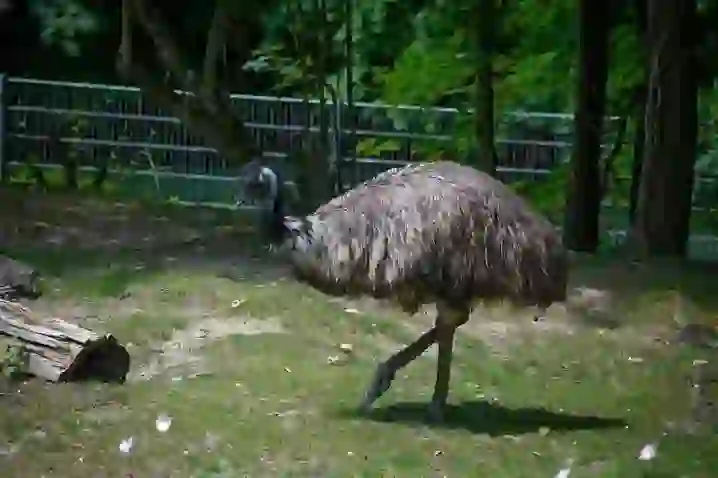
Is it true that emu feathers have interesting characteristics?
It's true.
In general, bird feathers grow one feather per axis.
However, the feathers of the emu have two blades on one axis, so they are shaped like a V or heart.
For this reason, emu feathers are a hidden and popular material for accessories, and some sell emu feathers as a talisman of happiness or love.
By the way, the feathers of the emu naturally fall out, so they can be collected many times without damaging the emu.
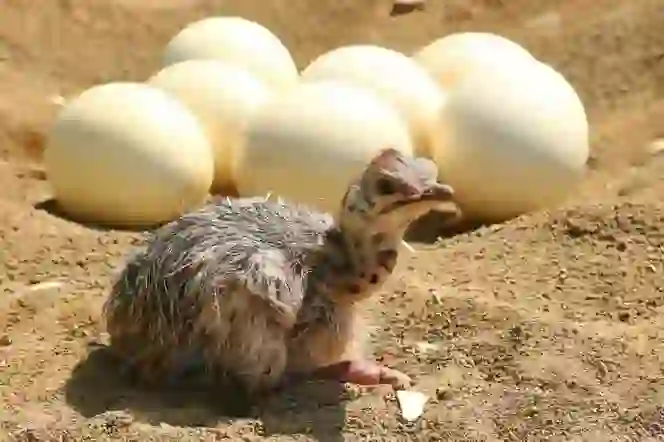
Can emus be kept as pets?
When breeding rare animals at home, you must follow the rules established in some countries. This time, we will introduce whether it is possible to breed emus at home in Japan.
As it turns out, it is possible for individuals to breed emus as pets in Japan.
Omnivorous emus also eat weeds growing in the garden, so it is said that there is no food cost for their size. However, since they are very large, you will have to prepare a large garden or shed to keep an emu.
If you are thinking of keeping an emu, you can find a farm that owns an emu and inquire if they sell chicks and eggs.
However, emu eggs are difficult to hatch, and newborn chicks are also prone to poor health, so it may be better to welcome chicks who have grown to a certain extent.
Finally, when breeding emus at home, it is recommended to keep the area where the emu lives clean so that it is not affected by bird flu, and to disinfect your hands and soles before taking care of it.
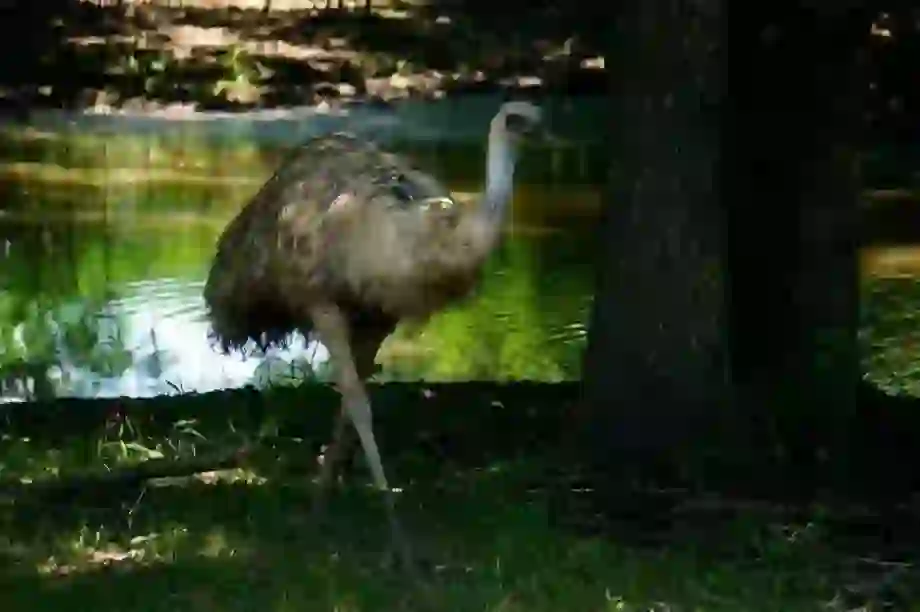
Are there places to see emus in Japan?
Emus are bred at many zoos, including Tama Zoological Park in Tokyo, Satsukiyama Zoo in Osaka Prefecture, and Kobe Municipal Oji Zoo in Hyogo Prefecture.
There are also ranches that mainly breed emus, such as Okhotsk Emu Land in Hokkaido and Kiyama Farm in Saga Prefecture.
In addition, they are sometimes bred at tourist ranches and petting squares, so if you look for them, you may find them in a surprisingly familiar place.
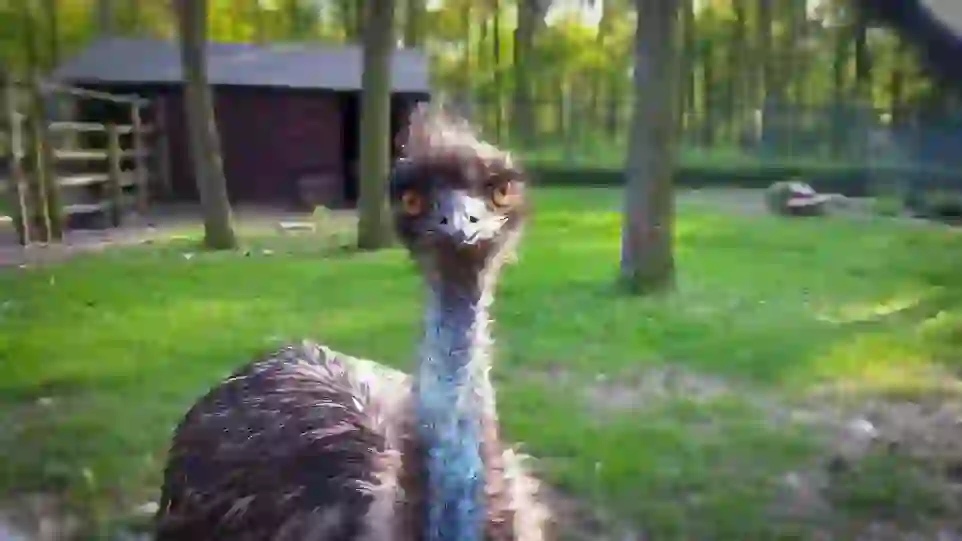
What is the lifespan of an emu?
The lifespan of an emu is thought to be about 20~30 years.
Since emus originally live in desert areas where there is a large temperature difference and there is little food, it is said that they are very strong and less likely to get sick when they grow up.
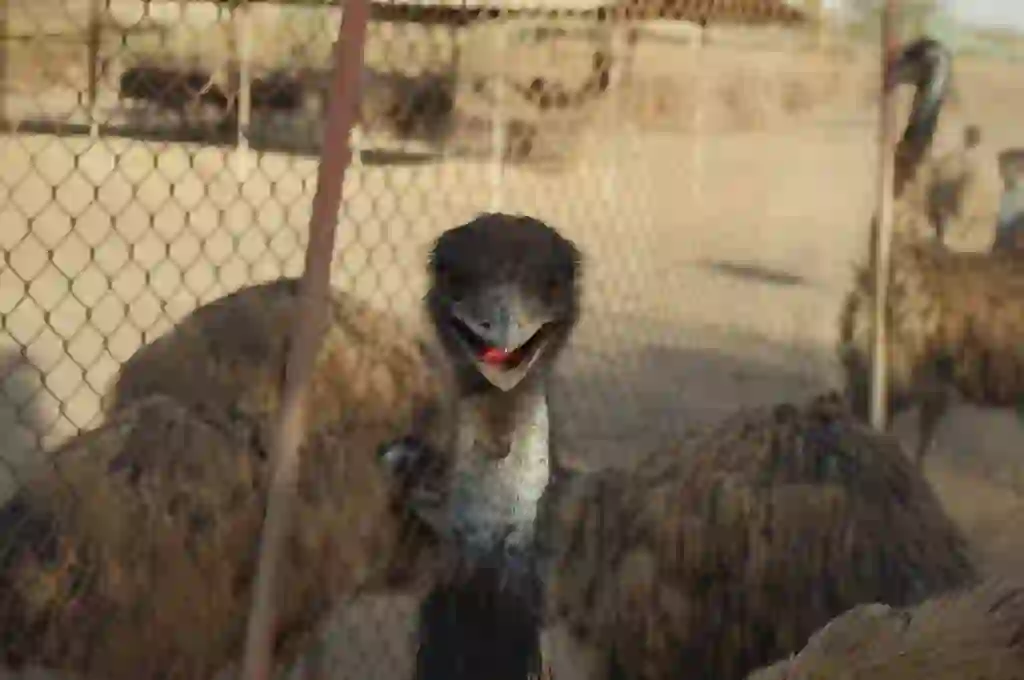
What enemies does the emu have?
It is said that wild emus have almost no natural enemies.
Dingos live in Australia, but there are few cases of dingos attacking emus.
For such an emu, the biggest enemy is actually us humans.
Emu has been hunted by Aboriginal people since ancient times as a valuable source of protein. However, even though it was food for Aboriginal people, it was not overfished, so it seems that the survival of the emu was not threatened.
However, after that, it was exterminated by Westerners who came to Australia as a harmful bird that destroys crops, and the habitat deteriorated, so the emu that inhabited the islands around Australia (Kangaroo Island, King Island) became extinct.
Currently, the habitat of emu has been developed even in mainland Australia, and as a result, the migration route has been divided, and it is said that the habitat environment is deteriorating year by year.
However, emu populations are considered stable so far because they can grow well with little food and have strong fertility.

Would you like to become a part of the 'Animalbook.jp'?
Turn your knowledge into Q&A and share it with the world. ※Publication will be activated after purchase. Let's share information together!
Emu Type of List
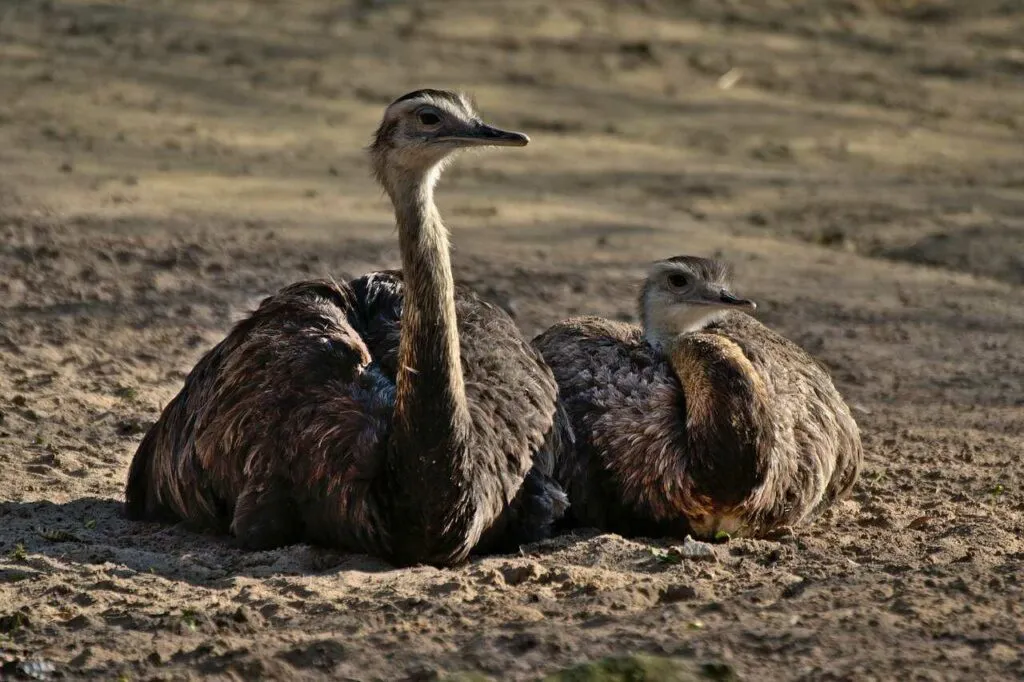
- Emu
Information
Congratulations! You are the first commenter!

Create Your Favorite List!
Emu
Save the animals you love! Build your own list to quickly revisit your favorites later.

Would you like to leave a comment?
※Please note: This is for the purchase of rights to post comments within the article.
Find Your Favorites!
Our shop offers a unique and attractive selection of goods themed around various animals.
Emu References

- 今泉 忠明(2000年)『絶滅動物誌―人が滅した動物たち』講談社
- 福岡市動物園「どうぶつドリル」 https://www.city.fukuoka.lg.jp/data/open/cnt/3/75906/1/drill.pdf?20200617155008
- 大内山動物園「鳥類 エミュー」 http://www.oouchiyama-zoo.com/animals/6677/
- 東京ズーネット「どうぶつ図鑑 エミュー」 https://www.tokyo-zoo.net/encyclopedia/species_detail?code=119
- 東京農大バイオインダストリー「What'sエミュー?」 http://www.nodai-bio.jp/emu/emu.html
- 東京農業大学「食と農」の博物館「エミュー展~エミューを地域資源とした生物産業の創出~」 https://www.nodai.ac.jp/application/files/8414/8600/1435/48.pdf
- アグリナレッジ「産業鳥・エミュー」 https://agriknowledge.affrc.go.jp/RN/2030901930.pdf
- Australian GEOGRAPHIC「What’s in a name?」 https://www.australiangeographic.com.au/topics/wildlife/2016/02/whats-in-a-name/
- ナショナルジオグラフィック「飛べない鳥、進化の謎を解明か」 https://natgeo.nikkeibp.co.jp/nng/article/news/14/9231/
- 日本エコシステム「エミュー事業」 https://www.jpeco.jp/business/
- 国立研究開発法人 科学技術振興機構「報告様式 12 科学研究実践活動のまとめ」 https://www.jst.go.jp/cpse/jissen/pdf/houkoku/SG150031-A-16011.pdf
- 公益財団法人愛知県国際交流協会「世界の国を知る 世界の国から学ぶ わたしたちの地球と未来 オーストラリア連邦」 http://www2.aia.pref.aichi.jp/koryu/j/kyouzai/PDF/H22/australia.pdf
Emu Introduction of media used
出典:https://www.pexels.com/ja-jp/photo/3842258/

出典:https://pixabay.com/images/id-4649114/

出典:https://pixabay.com/images/id-2652641/

出典:https://pixabay.com/images/id-163028/

出典:https://pixabay.com/images/id-3715854/

出典:https://pixabay.com/images/id-1611970/

出典:https://pixabay.com/images/id-3609983/

food
出典:https://pixabay.com/images/id-976165/
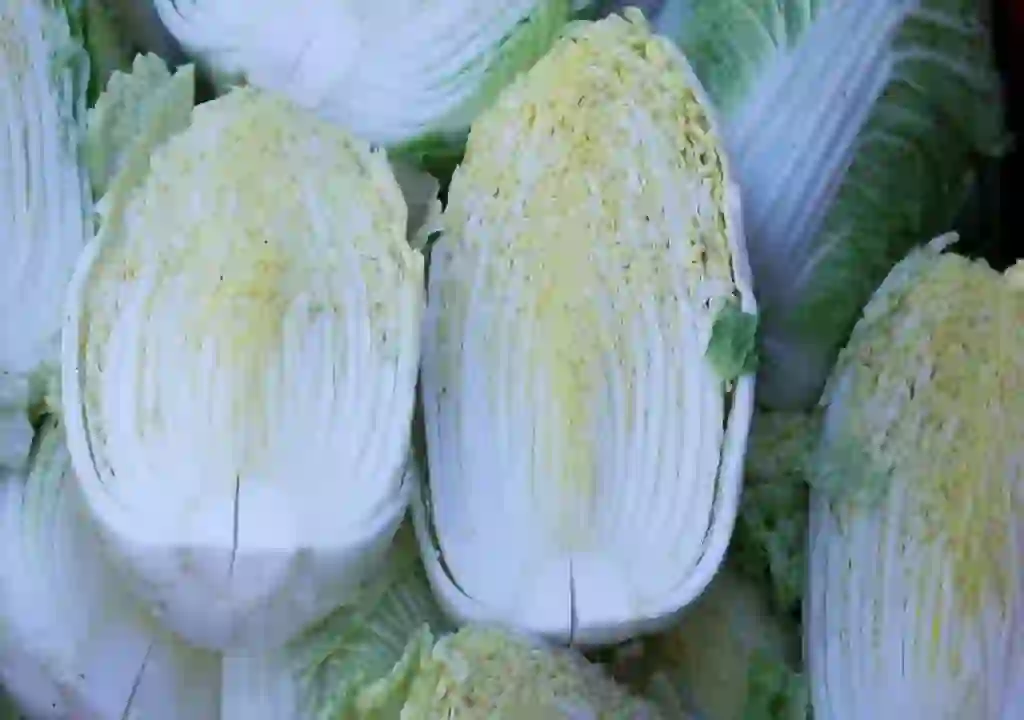
food
出典:https://pixabay.com/images/id-5798137/

出典:https://pixabay.com/images/id-529972/

出典:https://pixabay.com/images/id-3607891/
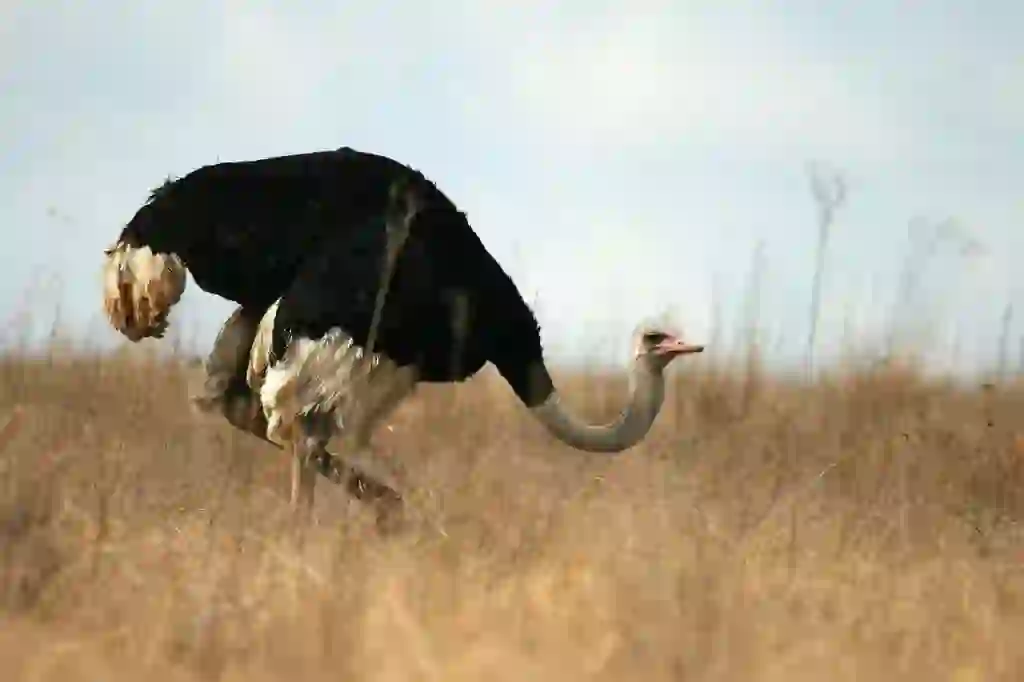
similar
出典:https://pixabay.com/images/id-1701781/
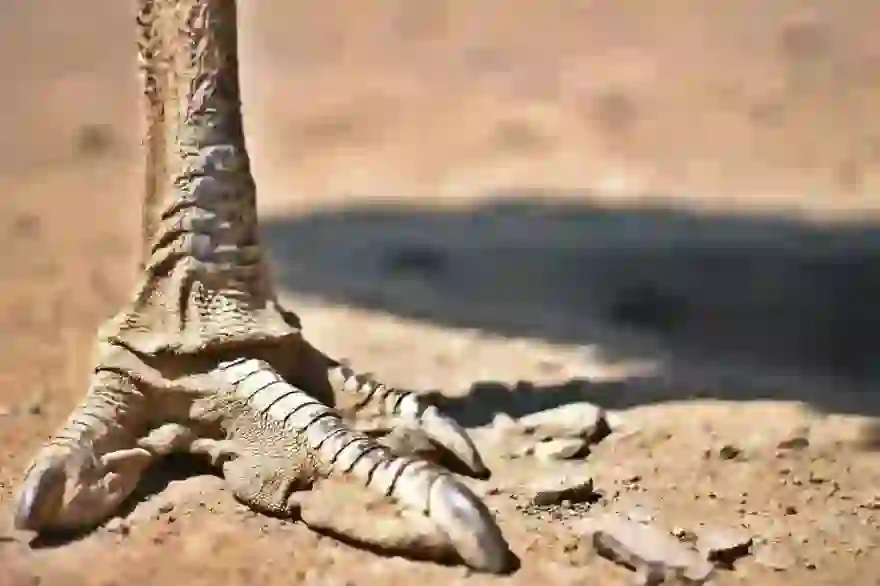
other
出典:https://pixabay.com/images/id-5254053/
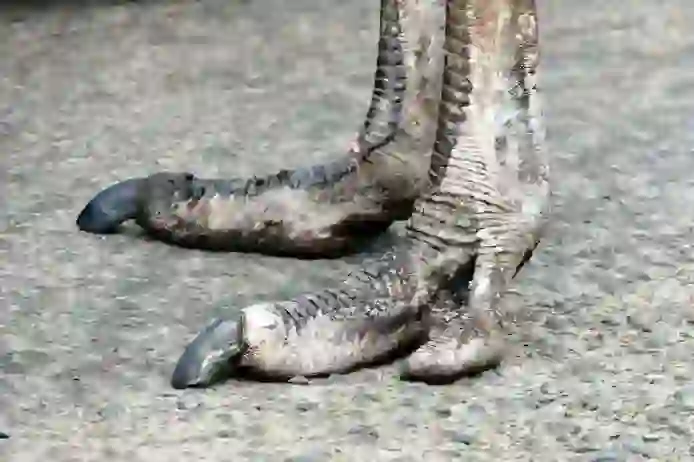
other
出典:https://pixabay.com/images/id-908450/
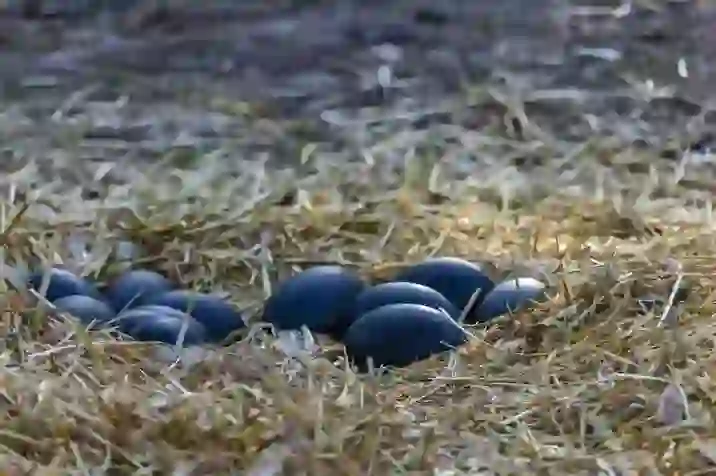
other
出典:https://pixabay.com/images/id-4401629/

出典:https://pixabay.com/images/id-4778260/

出典:https://pixabay.com/images/id-5244655/
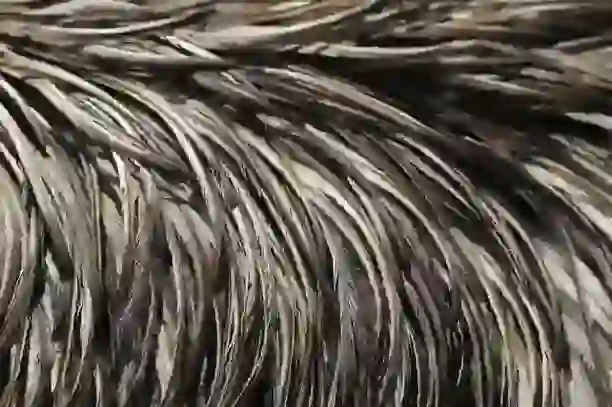
other
出典:https://pixabay.com/images/id-332572/

出典:https://pixabay.com/images/id-3244898/

出典:https://pixabay.com/images/id-3646634/
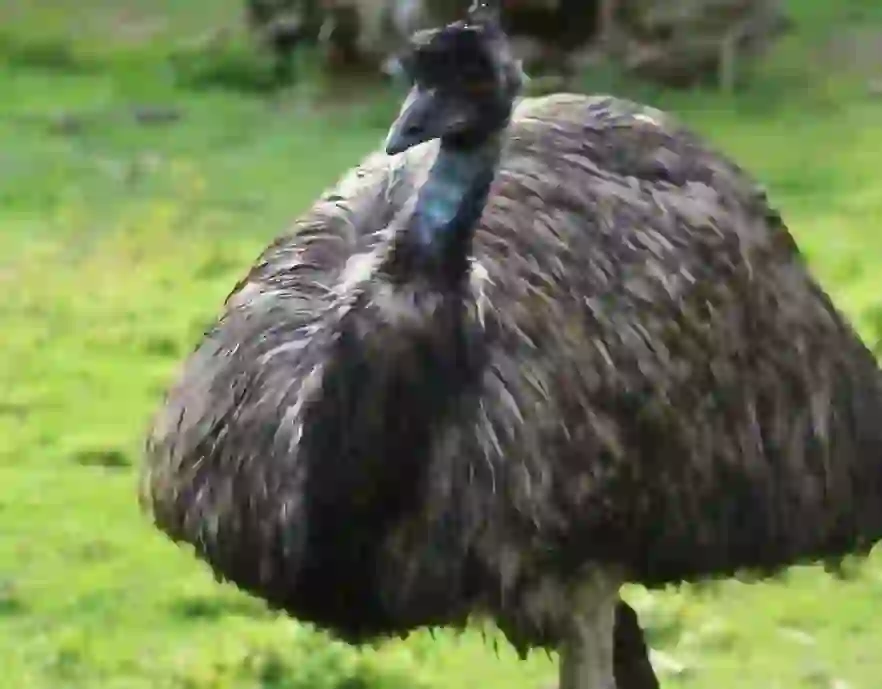
出典:https://www.pexels.com/ja-jp/photo/7147276/
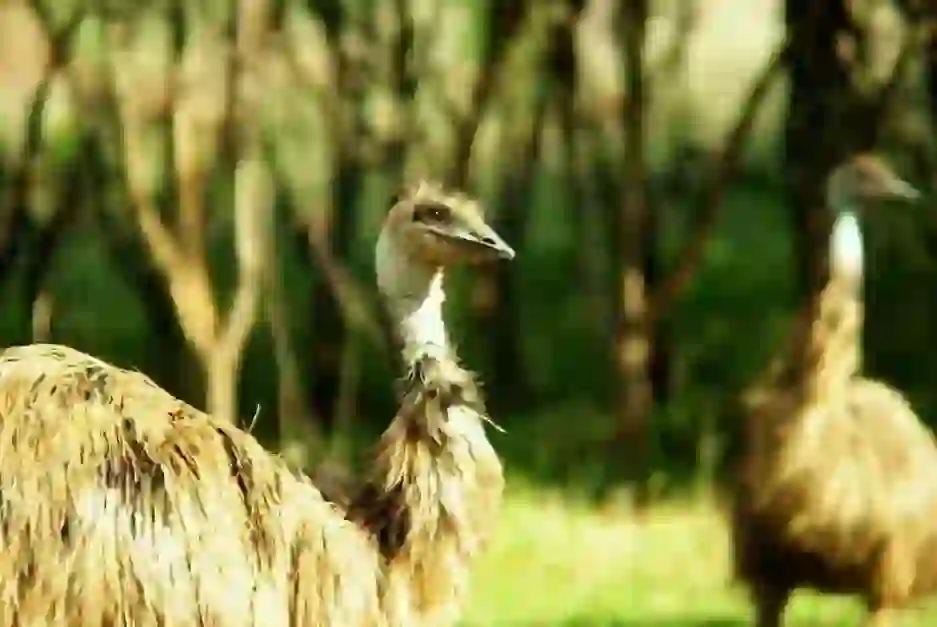
出典:https://pixabay.com/images/id-1614224/

Help Enrich Our Animalbook.jp with Your Media!
We are constantly looking to expand and enrich our Animalbook.jp with amazing photos and videos of animals. If you have any media that you'd like to share, please contribute and help us showcase the beauty and diversity of the animal kingdom. Your submissions will be credited and featured in our encyclopedia, reaching a wide audience of animal lovers.


















